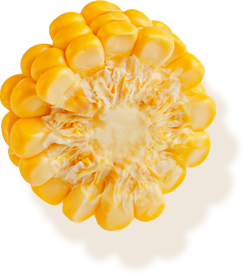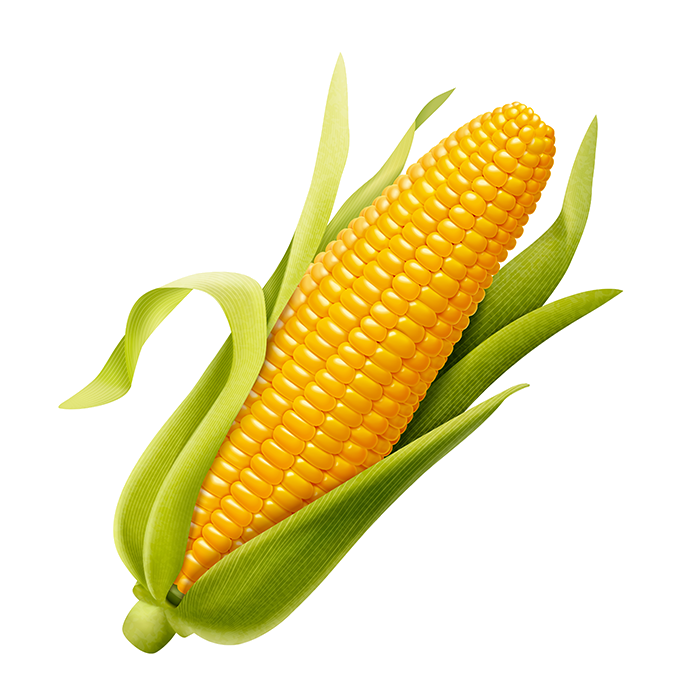
(Normal Grade , & SO2 free grade)
Liquid Glucose syrup production from maize/corn began in India during the 1950s-1960s. Initially, it was a rudimentary, small-scale process employing batch methods and acid conversion. However, in response to global industrial advancements and the growing demand for corn syrup in various applications within the Indian market, continuous conversion methods were introduced in the early 1970s. As biotechnology progressed, enzyme-based conversion techniques for Liquid Glucose syrup also became prevalent.

Sahyadri Starch stands out with its highly skilled team, extensive expertise, and dedicated in-house research support. In today's fiercely competitive landscape, the company has carved its own niche and earned the trust of numerous multinational corporations (MNCs) who have become regular buyers of Sahyadri’s products. With our FSSC certification, SSIL maintains consistently high-quality Liquid Glucose syrup, tailored to meet specific customer requirements. This includes a wide range of Sugar profiles, Dextrose Equivalent, and Dry Solids. Through a closed-circuit system, SSIL utilizes modern technologies such as high temperature converters, activated Carbon bleaching, Ion exchangers, and two-stage concentrators/evaporators. We even offer SO2-free liquid glucose for select buyers. Each batch undergoes meticulous control measures, including HPLC analysis to ensure the desired Sugar profile and DE are achieved.
Industries with Starch Solutions!






